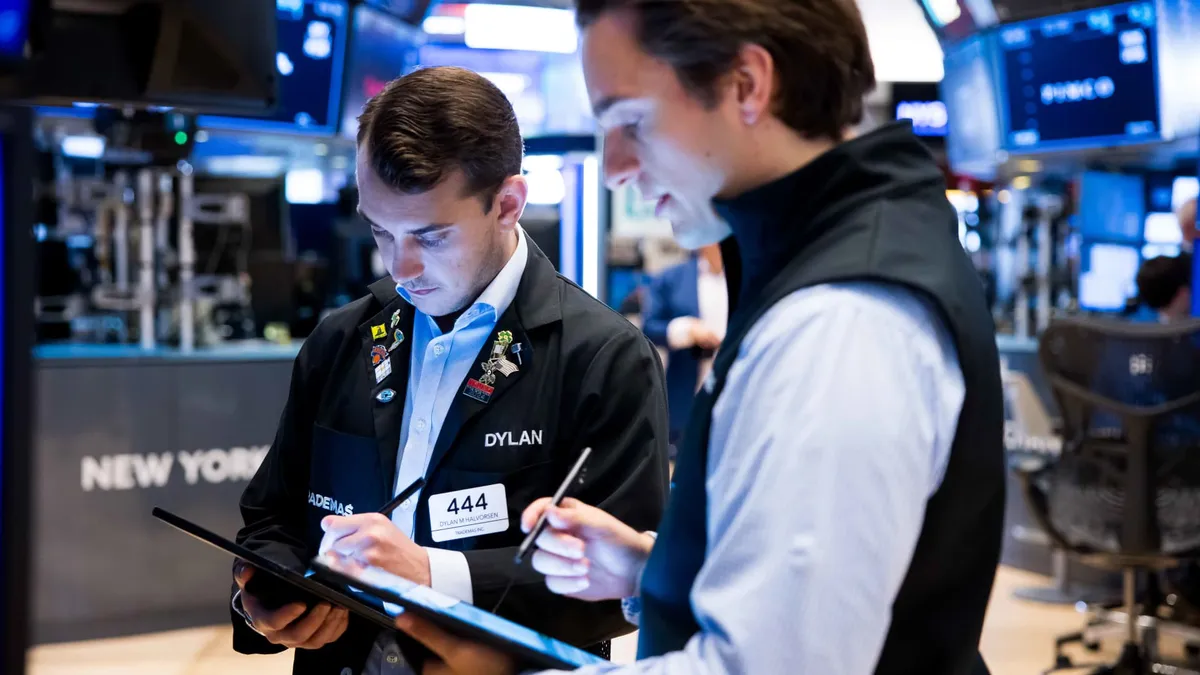
Recent trends in U.S. Treasury debt have sparked a significant uptick in risk assets, largely attributed to lower yields. According to HSBC chief multi-asset strategist Max Kettner, this phenomenon is unlikely to be impacted by upcoming tariff deadlines. Kettner communicated these insights to clients ahead of President Trump's announcement regarding substantial tariffs on Japan, South Korea, and other nations, set to take effect in August.
The ingredients for this "melt-up" in risk assets are multifaceted. They include a robust U.S. labor market that has consistently defied pessimistic forecasts throughout the second quarter, along with emerging trade deals, particularly with countries like Vietnam. Despite being lower, Treasury yields remain far from the so-called "Danger Zone," creating an environment conducive to riskier investments.
Kettner identified potential "pain trades" that could disrupt conventional investment wisdom. A stronger U.S. dollar or sustained economic growth—both domestically and internationally—could negatively impact portfolios that are positioned against these trends. Furthermore, an ongoing flattening of government bond yields in developed markets could signal continued growth.
Addressing concerns about the impact of tariffs on corporate profits, Kettner emphasized that the weaker U.S. dollar could actually benefit large-cap companies, particularly those in the megacap category. As policy uncertainty diminishes compared to the tumultuous second quarter, the U.S. stock market remains expensive but justifiably so, given its historical performance and profitability relative to other global equity markets.
In a related analysis, companies have exhibited caution regarding dividend increases during the second quarter, amid prevailing economic uncertainties. A report from S&P Dow Jones Indices indicated that net changes in dividends for U.S. domestic common stocks witnessed a $7.4 billion rise. This marks a decline from $16 billion in the same period last year and $15.3 billion in the first quarter of 2025.
Despite the ongoing dividend growth, analysts like Howard Silverblatt suggest that the pace is noticeably slower than anticipated. This trend aligns with current economic expectations, as companies adopt a more cautious approach towards dividend hikes due to fluctuating global policies and concerns surrounding employment and inflation. Silverblatt also noted that major banks are likely to improve their dividend offerings in the third quarter, thanks to favorable results from the Federal Reserve's stress tests.
In a surprising move, U.S. President Donald Trump unveiled new tariffs affecting 14 countries, set to take effect on August 1. The severity of these tariffs exceeded market expectations, targeting nations such as Bangladesh, Japan, South Korea, and others. The import duties imposed align closely with the previously announced reciprocal tariffs from April, in some cases exceeding those levels.
For instance, Japan will face a 25% tariff, slightly higher than the 24% initially proposed. Similarly, Malaysia will also see a 25% tariff, which marks an increase from the previous rate. As these tariffs roll out, market participants will be keenly observing their implications on both corporate profits and broader economic conditions.